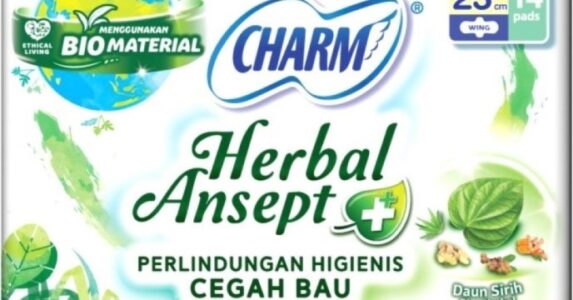Watermelon-scented Ayu fish marks Japan summertime
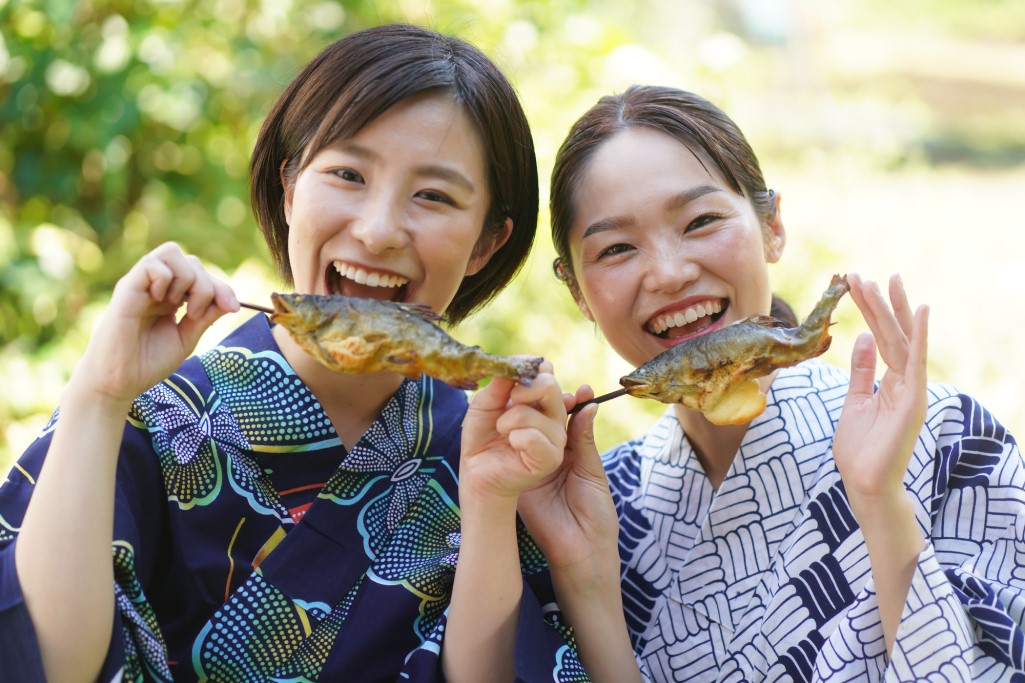
Summer is here, and ayu [sweetfish] are in season again this year.
In-season means the time of year when fish, vegetables and fruit are at their best. Many also believe it’s the time when they are most nutritious. Japan is home to 4 seasons, giving the country plenty of varied produce as each season has its own cycle.
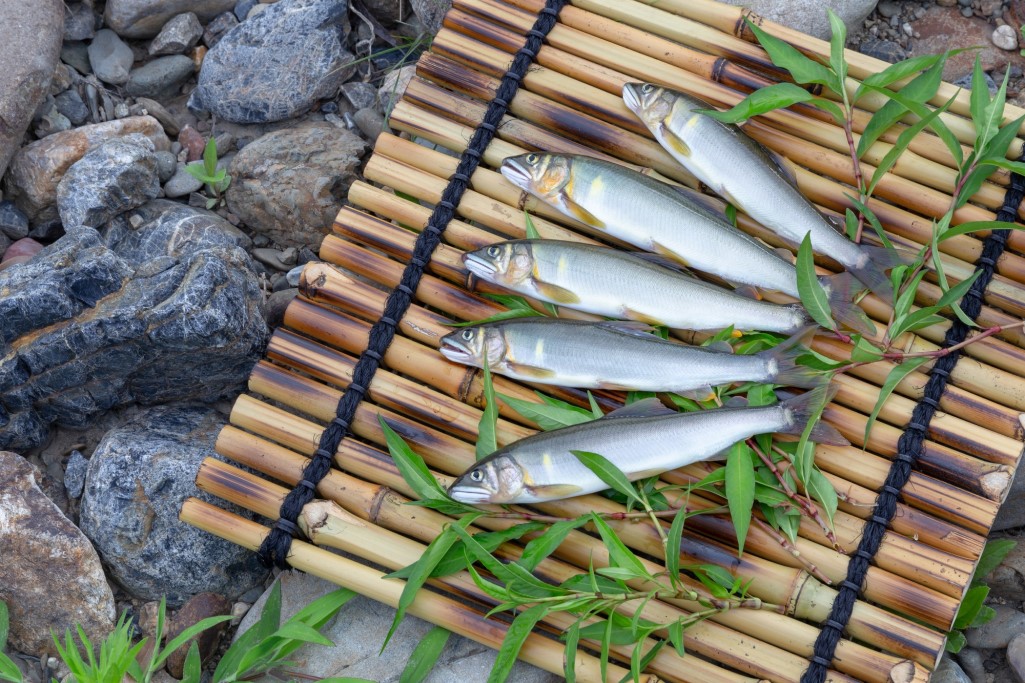
In Japan, ayu is also known as a summer delicacy and called ‘kougyo‘ (香魚), literally translated as ‘fragrant fish’ in Japanese. Ayu is in season from July to October. They feed on algae growing on stones in the water. People say that if you sniff its body surface, it smells like cucumbers, watermelons or melons.
Try sniffing its body surface if you ever find a fresh ayu when you come to Japan. As long as the fish is caught in a river with clean water, you should be able to smell that fresh, melon-like scent.
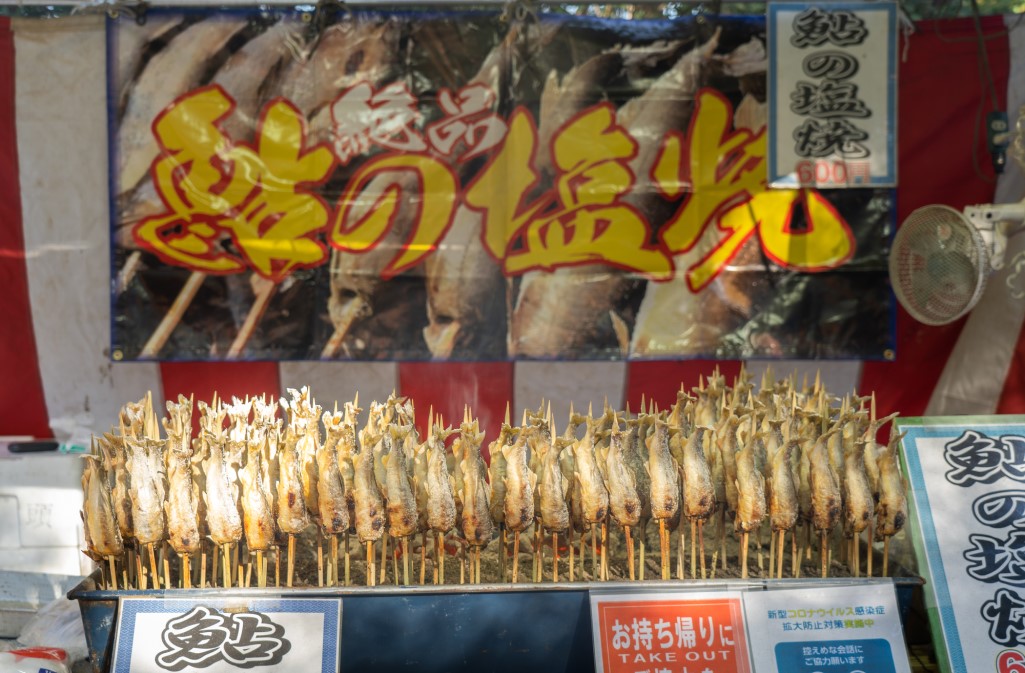
Although ayu is found in the Korean Peninsula, northern Vietnam and China, Japanese ayu seems to be equally famous as ‘udon’, ‘shabu-shabu’ and ‘sukiyaki’ in many countries worldwide.
Japanese usually eat it by grilling with salt. You can find grilled ayu served at yatai [屋台] or de-mise [出店], basically food stalls, at traditional festivals across Japan and some tourist attractions.
Dr David Starr Jordan, a renowned American ichthyologist*1, named ayu one of the world’s most delicious fish. Since then, the romanised Japanese name ‘Ayu’ for the fish became widely used as a noun in the West, rather than its scientific name ‘Plecoglossus altivelis’ or its popular name ‘Sweetfish’. For the record, Dr Jordan is also famous for being the first president (1891-1913) of the prestigious Stanford University in the USA.

Another traditional Japanese fishing method for ayu is ukai (鵜飼; cormorant fishing). It is a fishing method using tamed cormorants [birds] to catch ayu since they have a habit of diving to catch fish.
Ayu caught by cormorants are called ‘u-ayu‘ (鵜鮎). U-ayu is considered extremely rare and valuable as Japanese people used it as a royal gift to the royal family since ancient times. Ayu with a beak mark is proof that the fish is u-ayu, offered only to a few high-class restaurants.
This fishing method has been around for over 1,000 years. Although it was widely practised by fishermen, nowadays, it has mainly become a tourist attraction in Japan, such as Gifu and Kyoto. Some visitors worry about the animal welfare as they think the method is cruel.
However, the fishermen point out that they have a close relationship with the birds, taking care of the birds for years. They also said that the comorants they keep can live up to 15 – 20 years, three times more than the comorants would usually live in the wild.
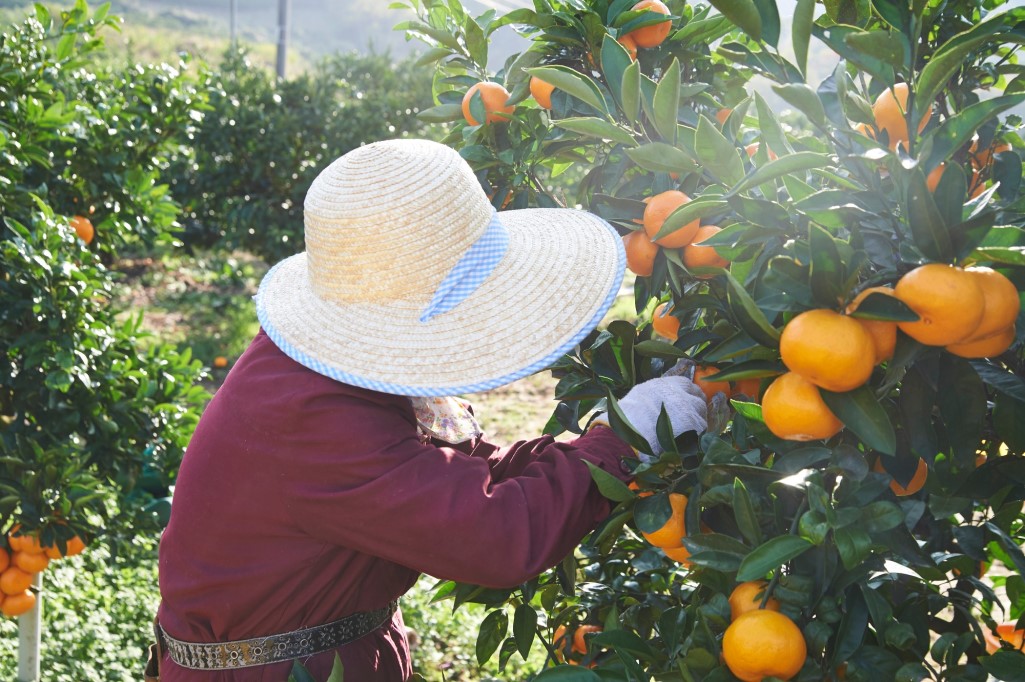
About 10 years ago, a citrus-scented ‘kanmi ayu‘ (柑味鮎) was developed in Yamaguchi Prefecture. They mix an extract of tangerine peel into the bait, then feed it to ayu to achieve that scent. This is ideal for people who don’t like ayu’s unique cucumber-like smell.
Ukai is just one of the methods to catch ayu, so not all ayu are caught that way. Ayu can be caught using normal fishing (fishing rod and reel) method, but you may need a lot of patience and skill.
*1 Ichthyologist: an expert who studies all about fish (anatomy, behaviour, environment, etc.).
We have a network of Japanese companies keen to expand into the Halal market in Malaysia & Indonesia.
If you are interested in connecting with sustainable technology companies in Japan, simply JOIN the network from below. We will match the right one for you!




